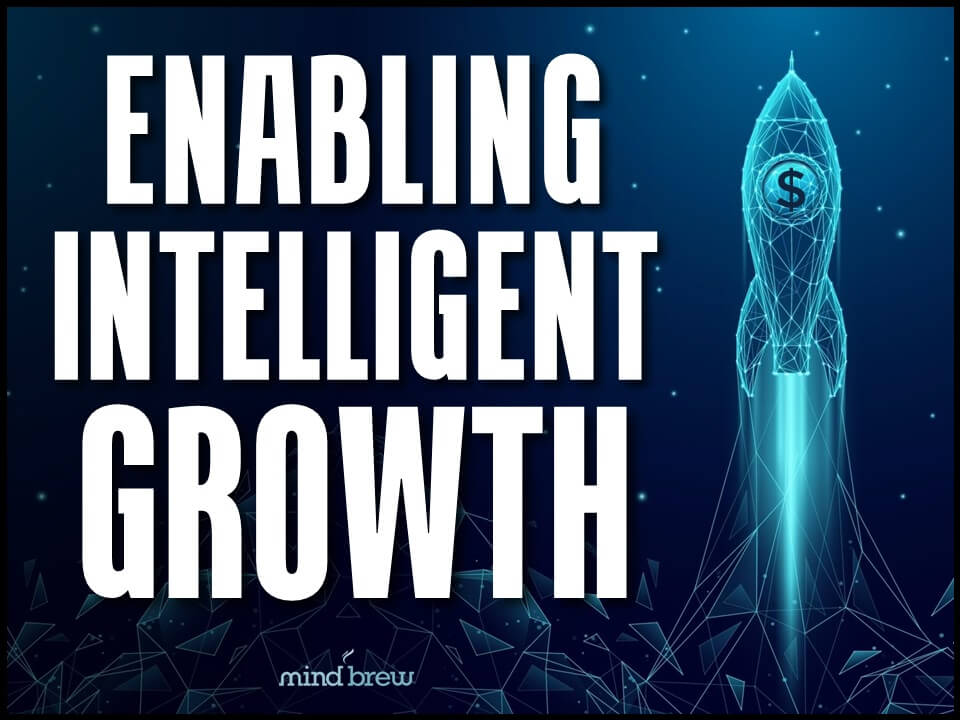The coronavirus epidemic released a flood of data into the media. But we ordinary folk don’t always have a lot of context to help us understand it. And that makes this a great time to talk about the difference between data and information.
Information scientists often use a pyramid like this one to describe the relationships among data, information, knowledge, and wisdom.

Data is the raw numbers. In the epidemic example, data includes things like 52,546 deaths. 2.84 million confirmed cases. R0 of 2.5. Those numbers are important, perhaps even frightening, but without some context, you can’t tell what they really mean or what you should do about it.
When you understand the relationships among the data, then you have information. These numbers will certainly change in the coming days, but for example, if you know that the United States has had 89,562 Covid-19 deaths so far, which is 27 per 100,000 people and Italy has had 31,908 deaths so far, which is 52 deaths per 100,000 people, then you have a little more context to understand that data. If you know that the CDC estimates that 61,000 people in the U.S. died of the flu in the 2017-2018 winter, you have a little more context. If you learn that only 23,000 people in the U.S. died of the flu in 2015-2016, you have even more context. If you find out that 675,000 Americans died of the Spanish flu in 1918-1919, about ten times as many as died in World War I, you have still more context.
Eventually, if you have enough information, hopefully you begin to see patterns in the data. Information scientists call that “knowledge.” Epidemiologists can see these patterns in infectious disease data. That’s why they educated the rest of us about how social distancing and wearing masks can reduce R0 — the reproductive rate of a disease.
And if you gain enough knowledge, you can begin to extract principles from it. That’s “wisdom.” With the coronavirus, wisdom says we need to take steps to “flatten the curve” so that we don’t overwhelm hospitals. And the measures individuals and governments take along those lines are their attempts at implementing that wisdom.
When all this started, epidemiologists could hear the raw data and immediately understand what it all meant. They understood enough context to turn the data into information and information into knowledge and even knowledge into wisdom.
But the rest of us had no idea.
Some of us might have laughed when we first saw people wearing masks. We might had whined when our European vacations got canceled.
We needed to be educated so that we understood what the data meant.
That same pattern often plays out with sales ops.
You spend your life swimming in sales data, so you understand the context already. If you see a number like revenue of $1.1 million this quarter, you probably know how that compares to last quarter and last year. If you see that sales in a particular region declined 2% last month, you probably know if that’s a typical cyclical trend or something to be worried about.
But the other people in your organization probably don’t have the same context. You’re the epidemiologist in this situation, and it’s your job to communicate to everyone else enough information, knowledge, and wisdom so that they know how to respond to the data.
That’s a huge job. And it calls from some communication training. Check out Delivering Data to Decision-Makers. It offers a host of tips and suggestions for providing your executive team with both the data they might have asked for and the additional information and knowledge that will allow them to react to the situation with wisdom.
Ultimately, being adept at communicating data as information is a key skill that separates great sales ops teams from the rest. And now is a perfect time to work on that skill.












